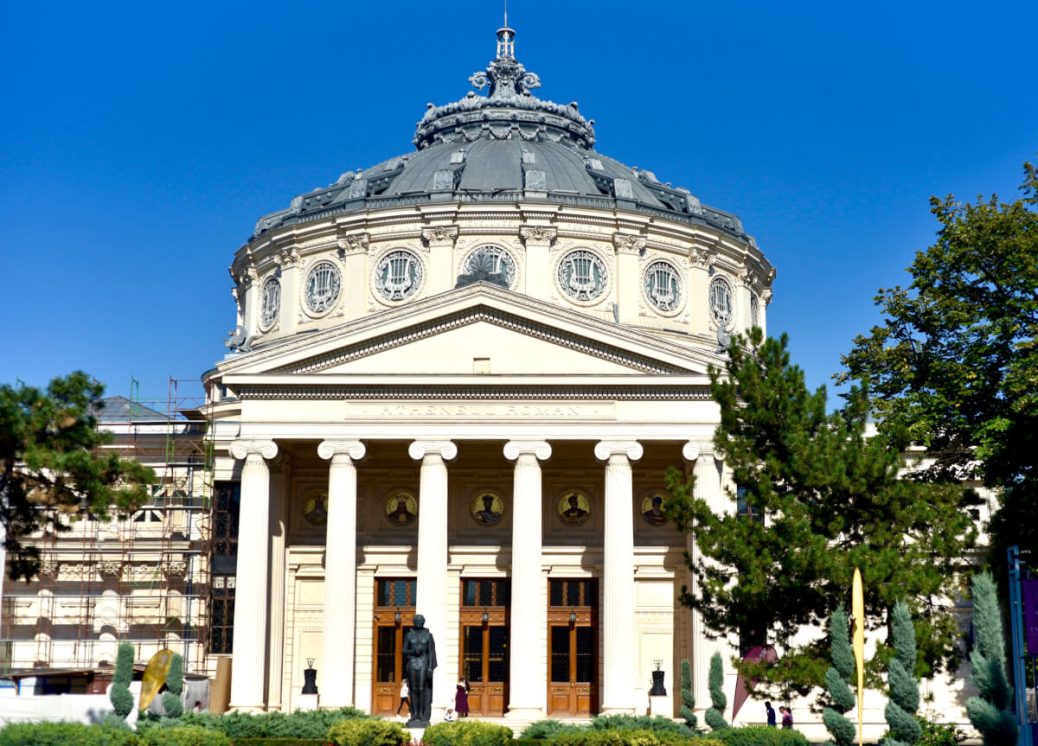
A MUSIC JEWEL IN BUCHAREST
Bucharest is not a place you fall in love with straight away. It might take a few days. Or, as in my case, a return visit. Seventy years ago the monarchy was abolished and instead a Romanian People’s Republic was […]
Journalist, photographer and social commentator.

Bucharest is not a place you fall in love with straight away. It might take a few days. Or, as in my case, a return visit. Seventy years ago the monarchy was abolished and instead a Romanian People’s Republic was […]

The Enescu Festival, 2-24 September, Bucharest, Romania The 23rd edition of the George Enescu festival has just finished. This biennial event held in the Romanian capital Bucharest manages to be both bizarre and totally marvelous. Bizarre because when it comes […]